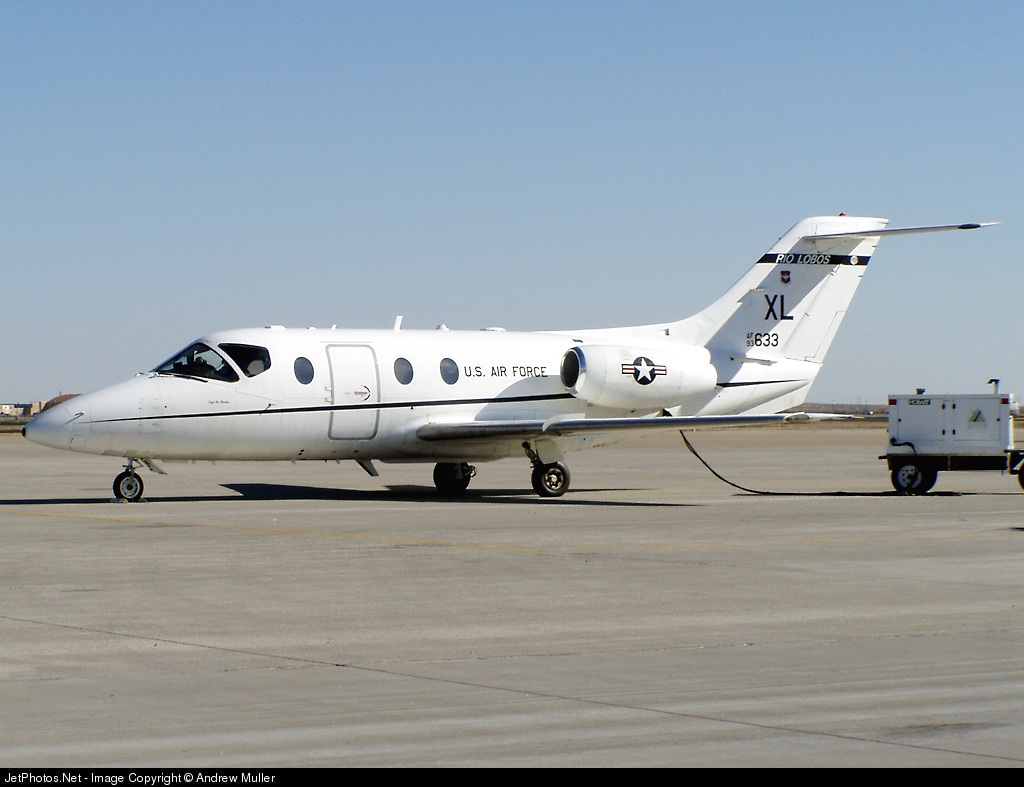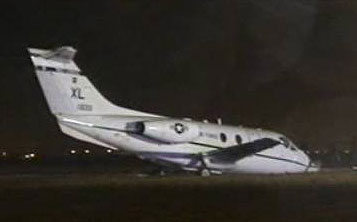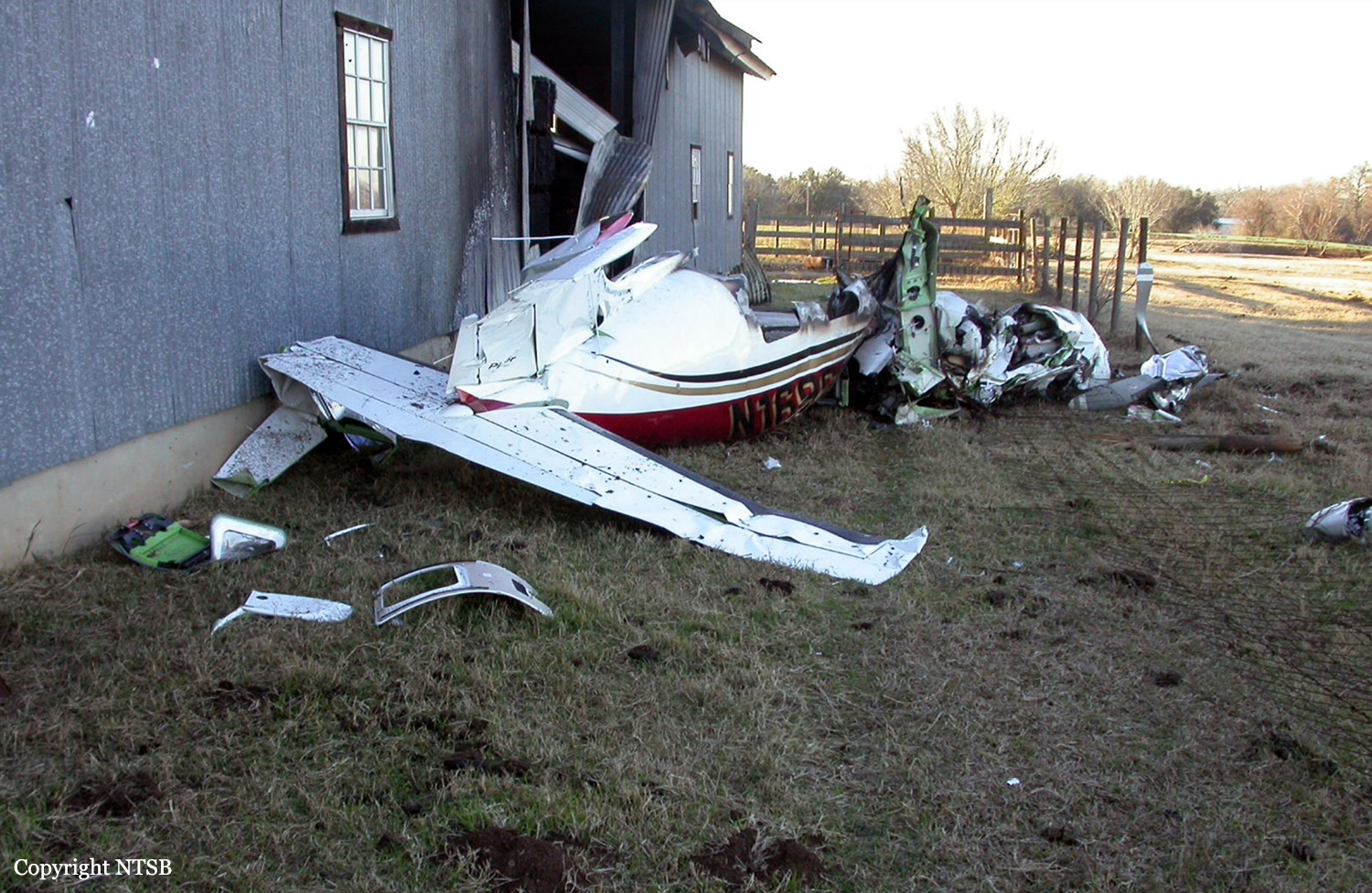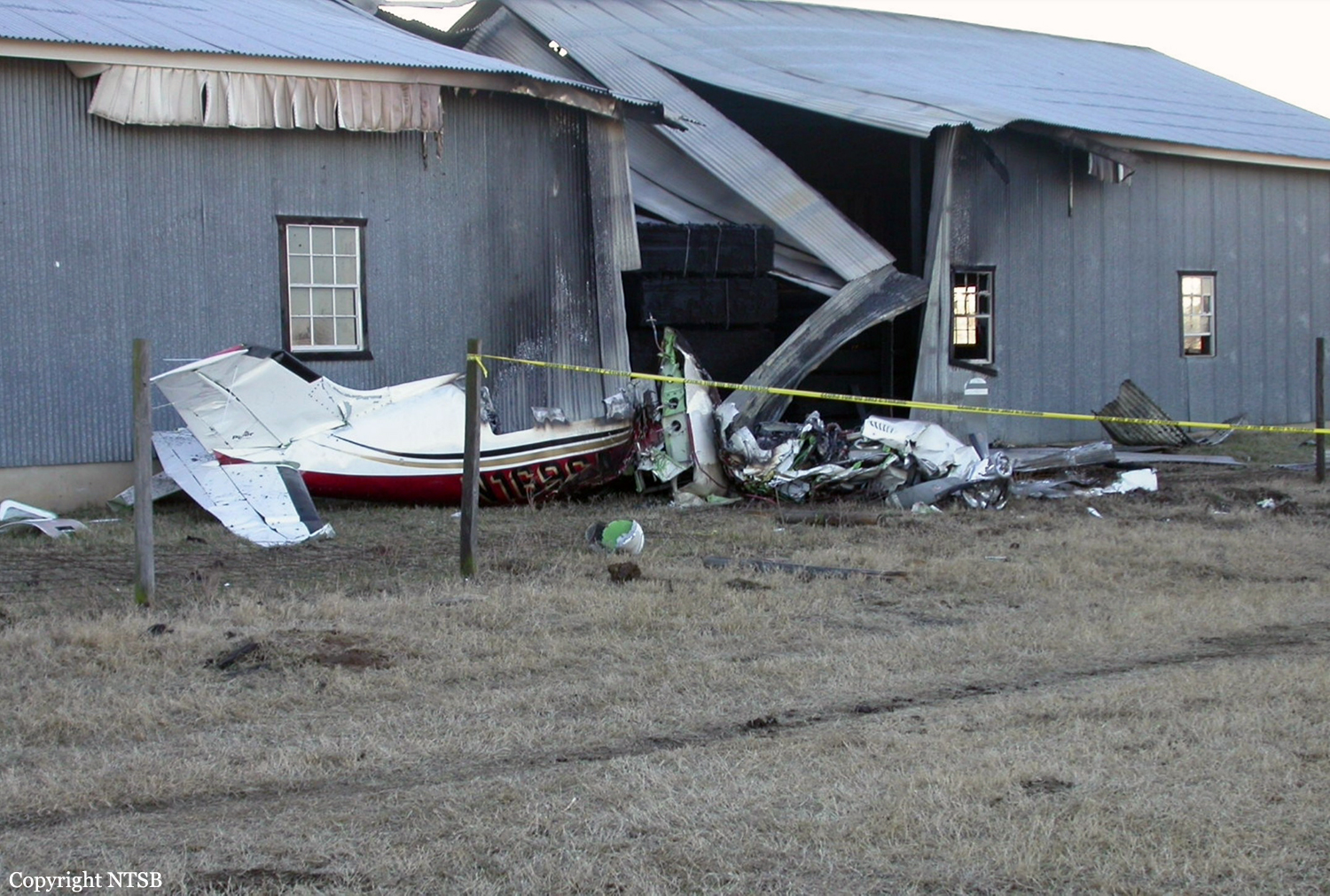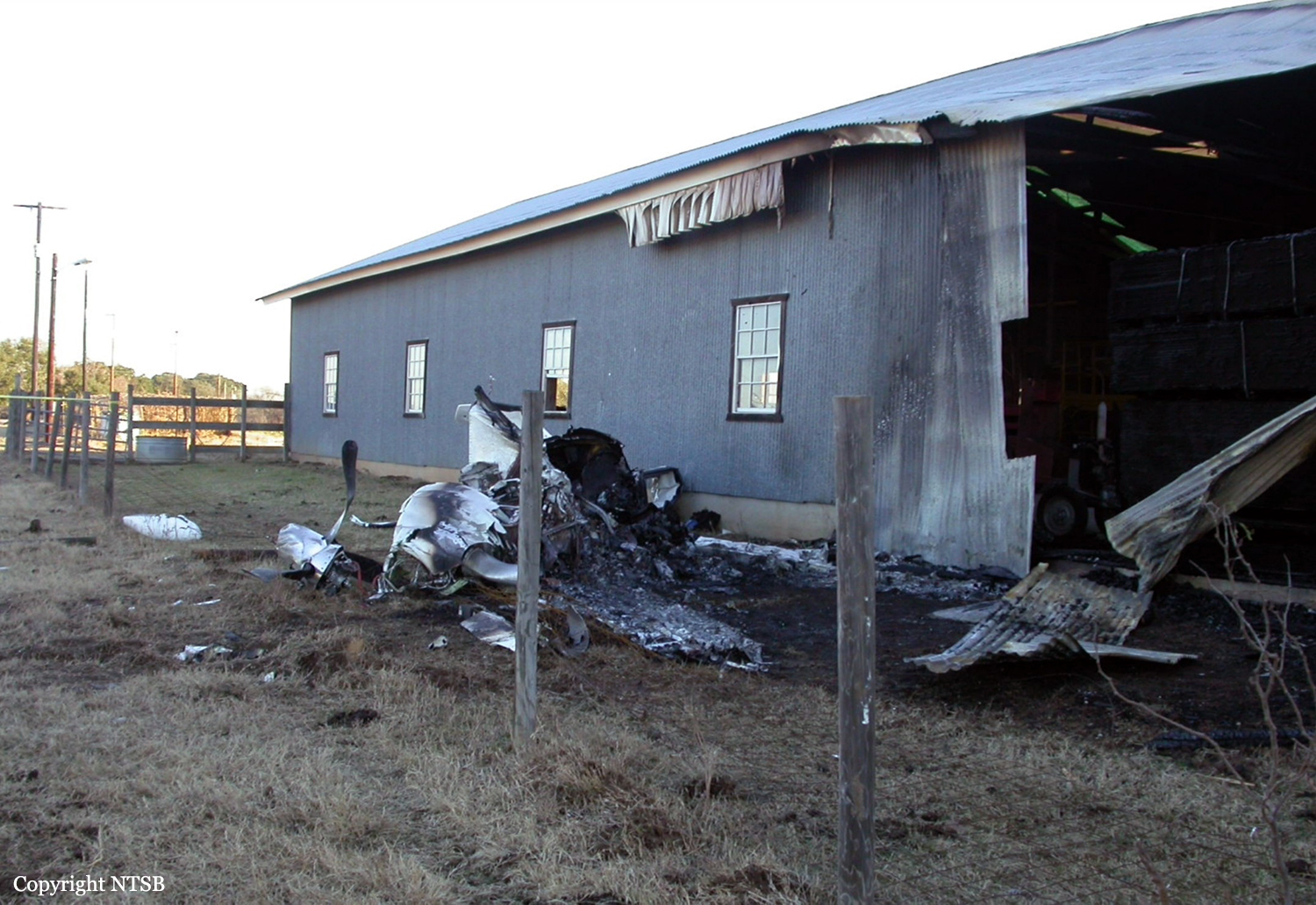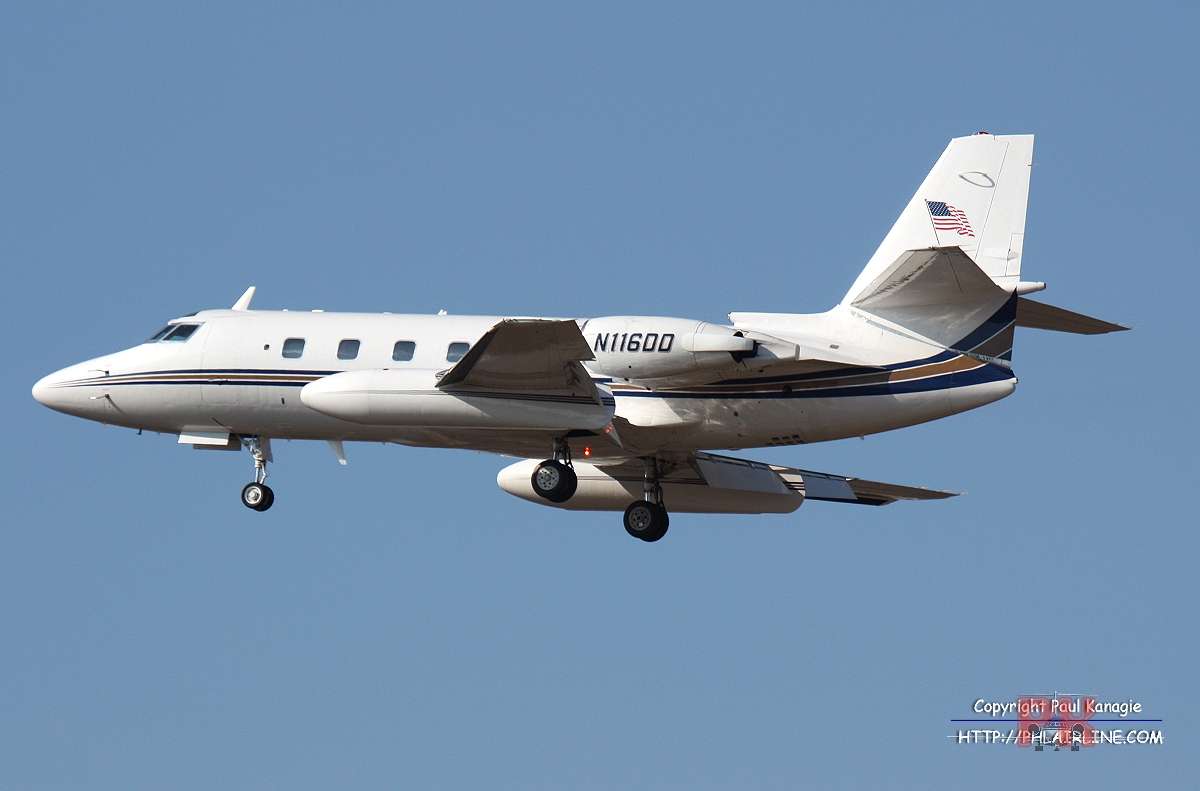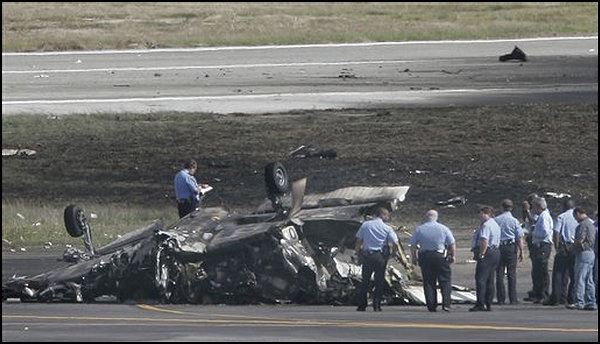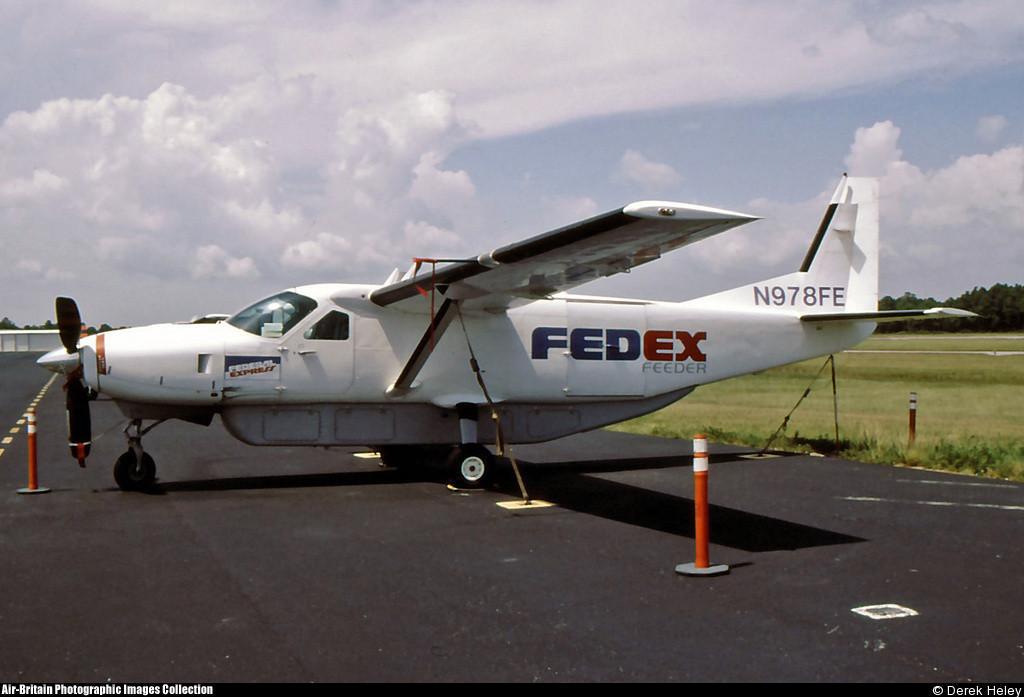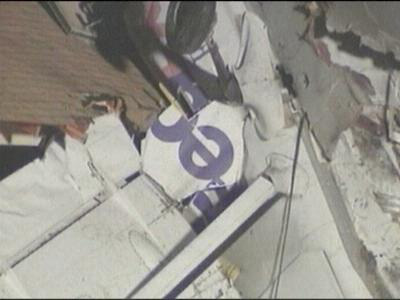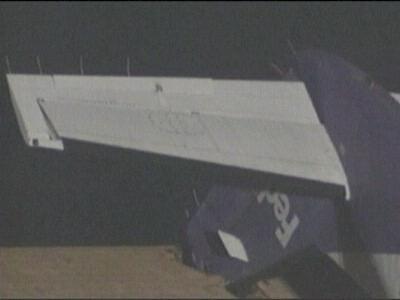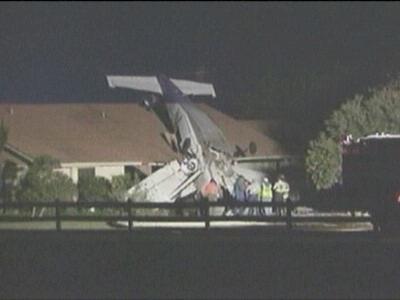Crash of Beechcraft T-1A Jayhawk in Lubbock
Date & Time:
May 21, 2008 at 2144 LT
Registration:
93-0633
Survivors:
Yes
Schedule:
Lubbock - Lubbock
MSN:
TT-90
YOM:
1993
Crew on board:
2
Crew fatalities:
Pax on board:
0
Pax fatalities:
Other fatalities:
Total fatalities:
0
Circumstances:
The crew was completing a night training flight on behalf of the U.S. Air Force 86th Flying Training Squadron, 47th Flying Training Wing, Laughlin Air Force Base, Texas. After several manoeuvres in the vicinity of the Lubbock-Preston Smith Airport, the crew started an non precision approach to runway 17R. At that time, weather conditions were not so good with rain showers and winds up to 40 knots. On final approach, the aircraft seems to sink and pitched down. The captain increased both engines power but the aircraft hit the ground 1,1 mile short of runway 17R threshold. On impact, the nose gear was sheared off and the aircraft came to rest in a field. Both pilots were slightly injured while the aircraft was damaged beyond repair.
Probable cause:
Conjunction of poor weather conditions and crew errors. The aircraft encountered windshear with downburst on descent and the crew ignored warnings. The combination of the following human factors placed the aircraft in a dangerous weather environment: poor mission planning, inattention, complacency, lack of procedural knowledge and restricted vision.
